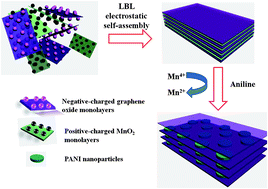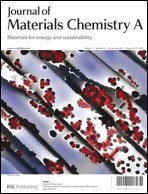Hierarchically porous hybrids of polyaniline nanoparticles anchored on reduced graphene oxide sheets as counter electrodes for dye-sensitized solar cells†
Abstract
Hierarchically porous polyaniline–reduced graphene oxide hybrids have been developed via oxidative


 Please wait while we load your content...
Please wait while we load your content...